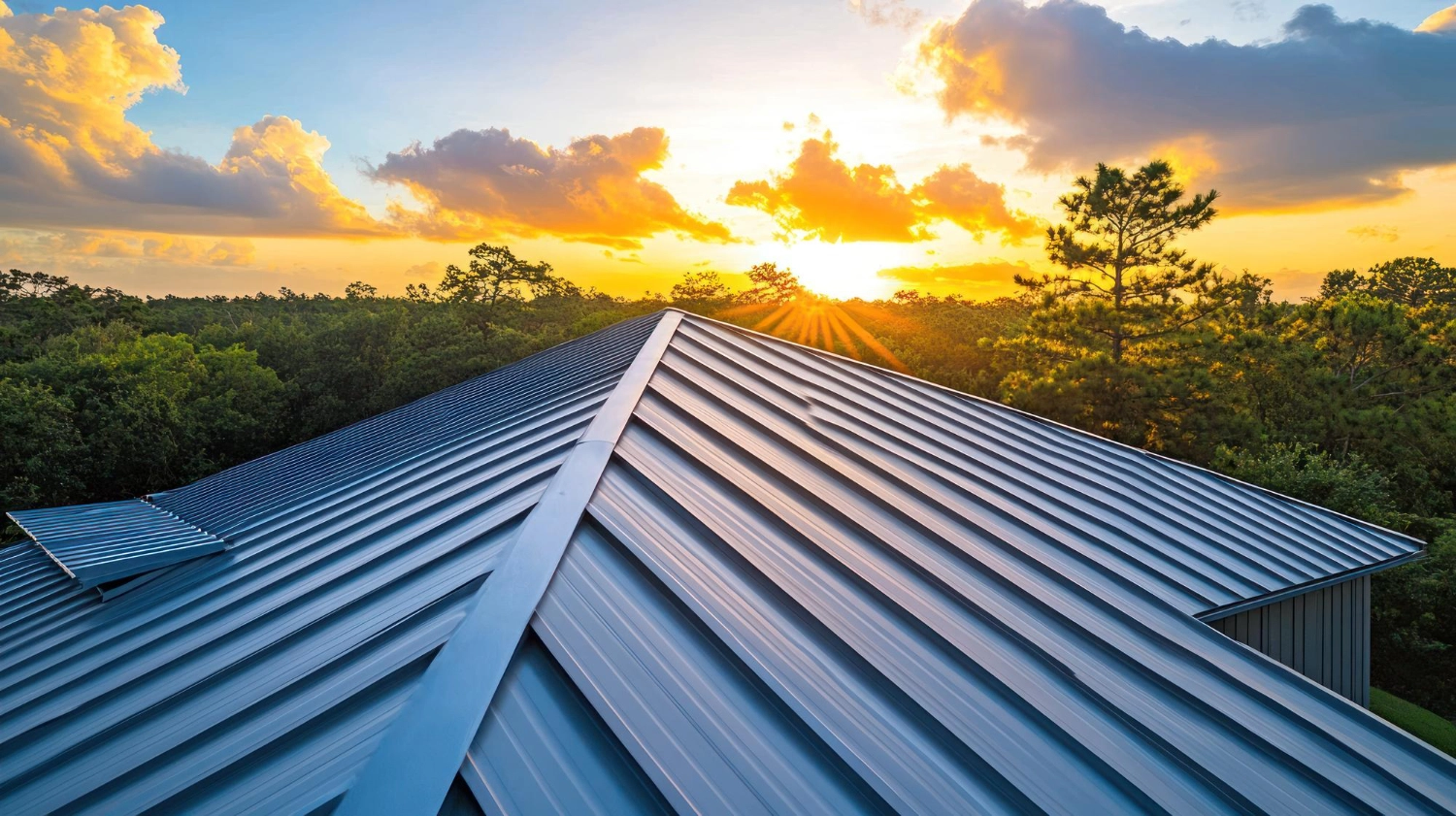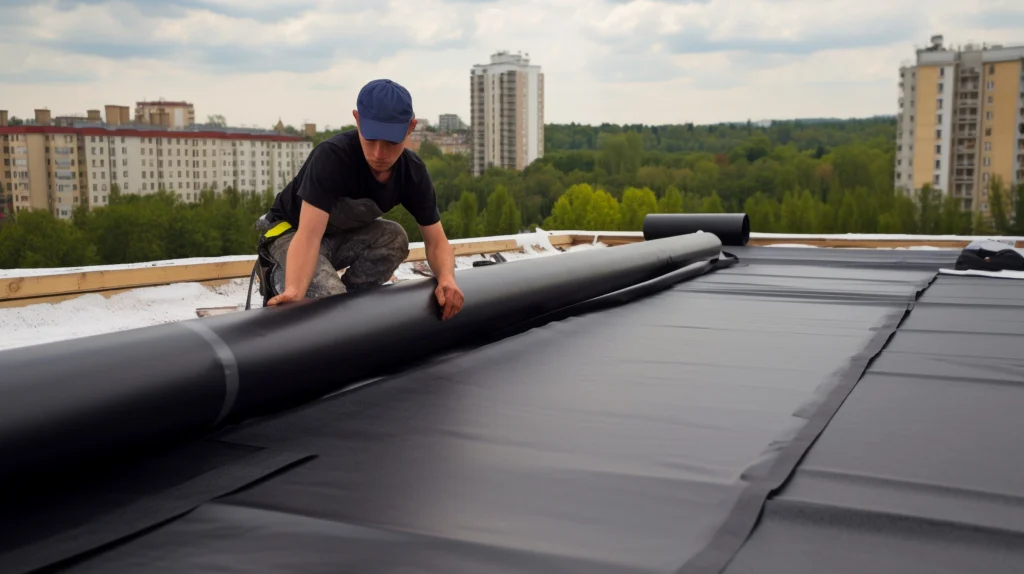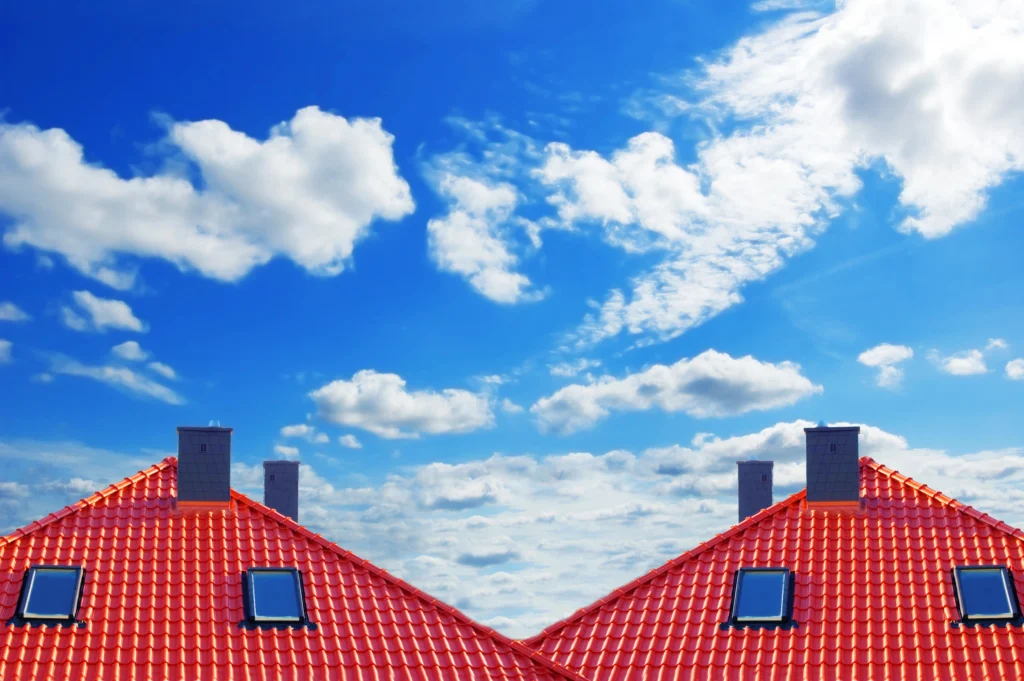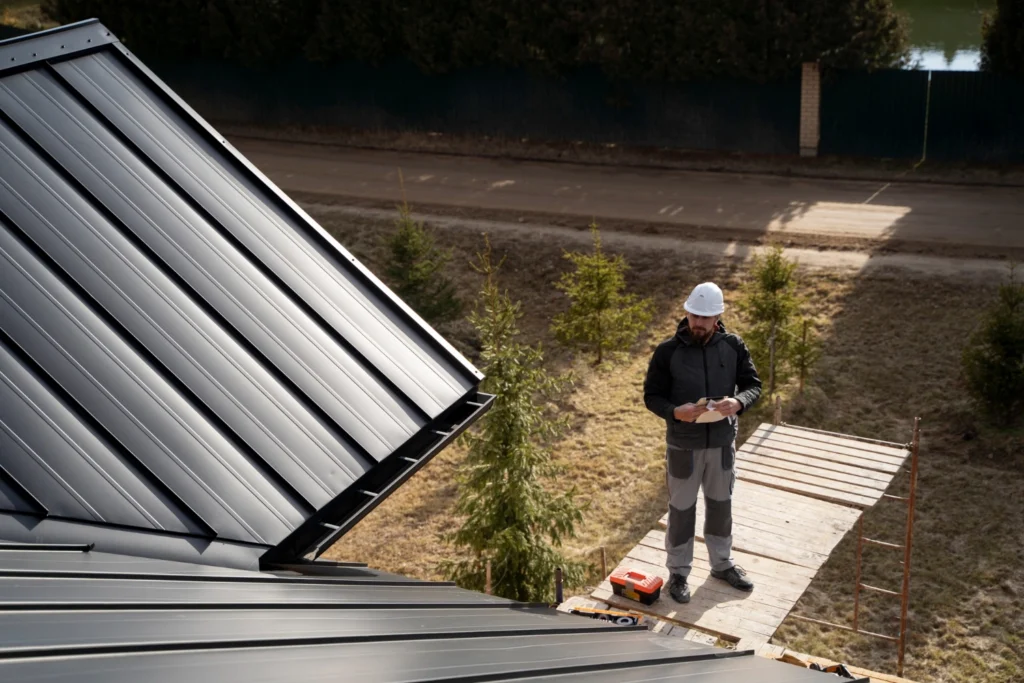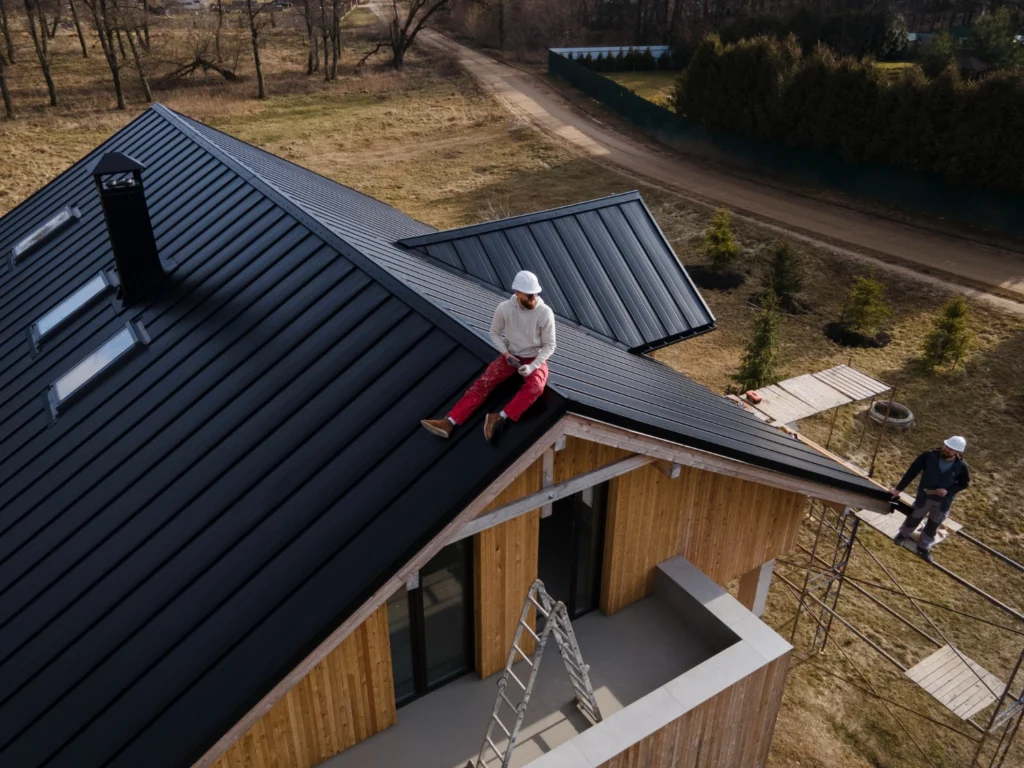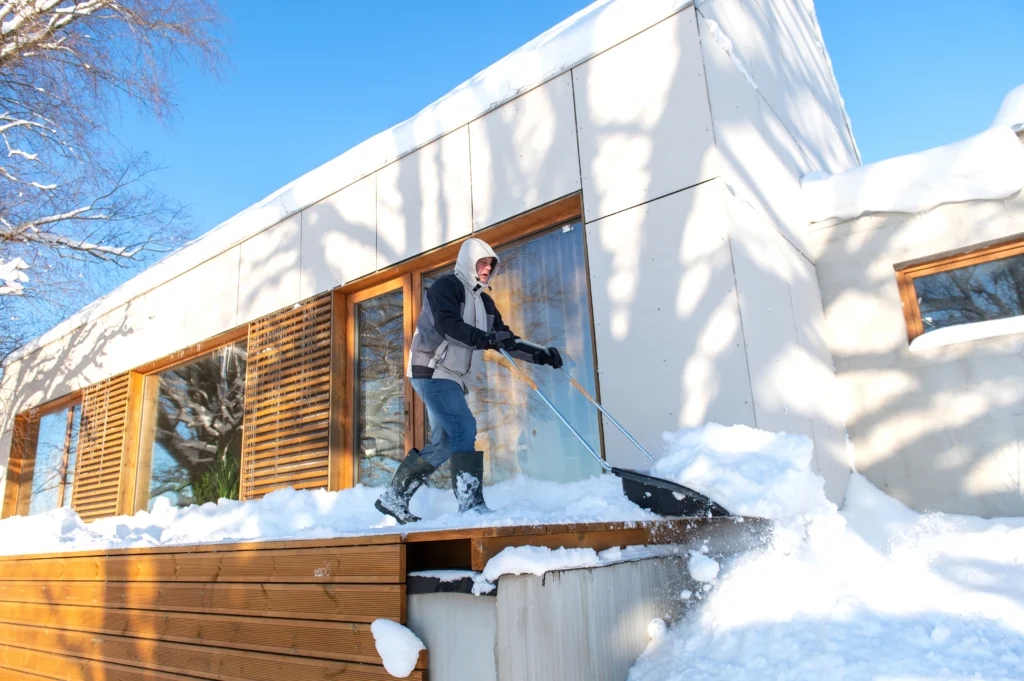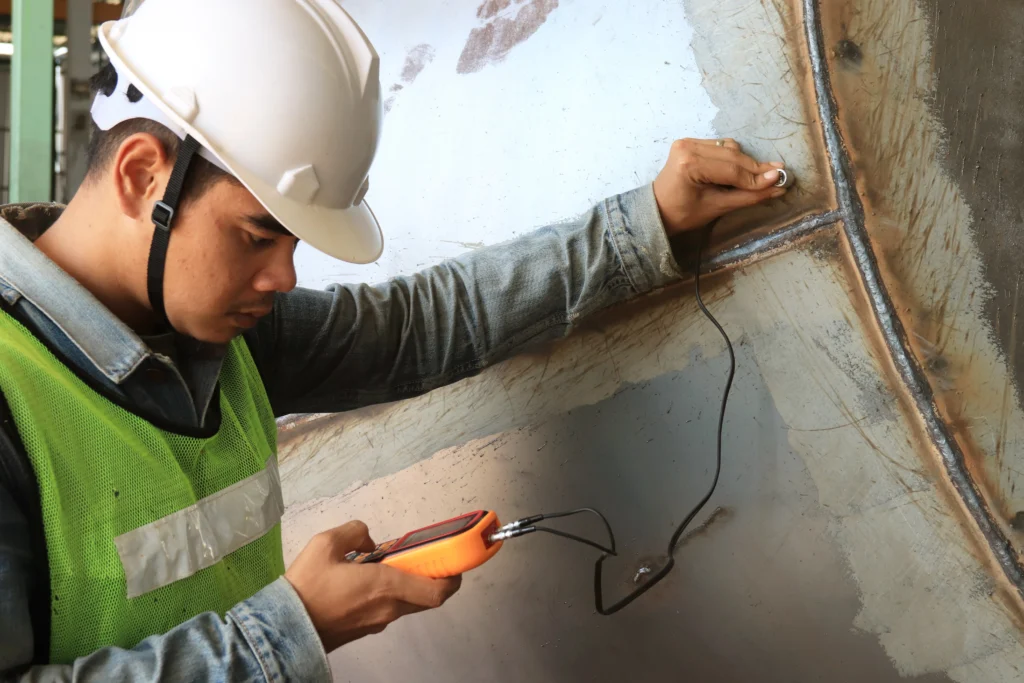Metal roofing has become increasingly popular among homeowners seeking durable, energy-efficient solutions for their homes. One question that frequently arises during roof replacement discussions is whether metal roofing can be installed directly over existing shingles. The answer is yes—in many cases, you can install metal roofing over shingles, but several important factors must be considered to ensure a successful installation.
Understanding the process, benefits, and potential challenges of installing metal roofing over existing shingles will help you make an informed decision about your roofing project. This comprehensive guide explores everything you need to know about this installation method, from preparation requirements to long-term considerations.
Why Install a Metal Roof Over Existing Shingles?
Advantages of Metal Roofs Over Shingles
Installing a metal roof over shingles offers several compelling advantages that make this approach attractive to many homeowners. The primary benefit lies in cost savings, as this method eliminates the expensive tear-off process typically required for roof replacement. By keeping your existing shingles in place, you reduce labor costs while maintaining the structural integrity of your current roofing system.
Metal roofs provide exceptional longevity compared to traditional asphalt shingles. While asphalt shingles typically last 15-25 years, metal roofing can endure 40-70 years with proper installation and maintenance. This extended lifespan makes the initial investment more cost-effective over time, especially when combined with the savings from avoiding shingle removal.
Energy efficiency represents another significant advantage of metal roofing over shingles. Metal roofs reflect solar heat more effectively than asphalt shingles, potentially reducing cooling costs by 10-25%. This reflective quality becomes particularly beneficial during hot summer months, helping to keep your home cooler while reducing strain on your HVAC system.
Why Homeowners Are Switching from Shingles to Metal Roofing
The transition from shingles to metal roofing reflects changing priorities among homeowners who value long-term performance and environmental responsibility. Metal roofing offers superior weather resistance, standing up better to hail, high winds, and extreme temperature fluctuations that can damage traditional shingle roofs.
Maintenance requirements for metal roofs are significantly lower than those for asphalt shingles. While shingles may require regular replacement of damaged pieces and frequent gutter cleaning due to granule loss, metal roofs maintain their appearance and functionality with minimal upkeep. This reduced maintenance translates to fewer service calls and lower long-term costs.
The environmental benefits of choosing metal roofing over shingles appeal to eco-conscious homeowners. Metal roofing materials are often made from recycled content and remain fully recyclable at the end of their service life, unlike asphalt shingles that typically end up in landfills.
Things to Consider Before Installing Metal Over an Existing Shingle Roof
4 Things to Know Before Installing a Metal Roof Over Shingles
Before proceeding with a metal roof installation over existing shingles, several critical factors require careful evaluation. First, local building codes must be consulted, as some areas restrict the number of roofing layers allowed on a structure. Most jurisdictions permit two layers of roofing material, but verification with local authorities prevents potential code violations.
The condition of your existing shingles plays a crucial role in determining installation feasibility. Severely damaged, curled, or missing shingles can create an uneven surface that compromises the metal roof installation. A thorough inspection by a qualified roofing contractor helps identify any issues that must be addressed before installation begins.
Structural capacity represents the third consideration, as adding a metal roof over existing shingles increases the total weight on your roof structure. While metal roofing is generally lightweight, the combined weight of both layers must remain within the structural limits of your home. Professional assessment ensures your roof can safely support the additional load.
Ventilation requirements become more complex when installing metal roofing over shingles. Proper airflow between the old shingles and the new metal roof prevents moisture accumulation that could lead to rot, mold, or ice dam formation. Adequate ventilation systems must be planned and installed to maintain healthy air circulation.
Metal Roof Over Shingles Condensation Issues
Condensation presents one of the most significant challenges when installing metal roofing over existing shingles. Temperature differences between the metal surface and underlying materials can create moisture problems if not properly addressed through ventilation and vapor barriers.
The space between your old asphalt shingles and new metal roof can trap moisture, creating conditions favorable for mold growth and wood rot. This trapped moisture can compromise your roof deck and underlying structure over time, leading to costly repairs that negate the initial savings of avoiding tear-off.
Proper vapor barrier installation becomes essential when placing a metal roof over existing shingles. These barriers prevent warm, moist air from your home’s interior from reaching the cold metal surface where it would condense. Professional installation ensures these barriers are correctly positioned and sealed.
5 Problems with Installing a Metal Roof Over an Old Shingle Roof
Several potential problems can arise when installing metal roofing over an old shingle roof, requiring careful planning and professional expertise to avoid. Uneven surfaces created by damaged or deteriorating shingles can cause the metal panels to buckle or create gaps that allow water infiltration.
Hidden damage beneath existing shingles may go undetected until after the metal roof installation begins. Rotted decking, damaged flashing, or structural issues that would be visible during a tear-off process remain concealed, potentially causing problems later. This hidden damage can compromise the integrity of the entire roofing system.
Warranty concerns represent another significant issue, as some metal roofing manufacturers may void warranties when their products are installed over existing materials. Understanding warranty requirements before installation prevents future coverage disputes and ensures your investment remains protected.
Insulation challenges arise when installing metal roofing over shingles, as the existing roofing material may not provide adequate thermal barriers. Without proper insulation upgrades, energy efficiency benefits may be reduced, and temperature control issues can develop.
Weight distribution problems can occur if the existing roof structure wasn’t designed to support additional layers. Even though metal roofing is relatively lightweight, the cumulative weight of multiple roofing layers may exceed the structural capacity in some homes.
The Metal-Over-Shingles Installation Process
How is a Metal Roof Installed Over Shingles?
The installation process for metal roofing over shingles requires careful preparation and systematic execution to ensure optimal performance. Professional roofing contractors begin by thoroughly inspecting the existing shingle roof to identify and repair any damaged areas that could compromise the new installation.
Preparation involves cleaning the existing roof surface, removing loose or damaged shingles, and ensuring all flashing and trim pieces are in good condition. Any protruding nails or uneven areas must be addressed to create a stable foundation for the metal roofing system.
A layer of underlayment is typically installed over the existing shingles before metal panel placement. This underlayment provides additional water protection and helps create a smooth, even surface for the metal roofing material. High-quality synthetic underlayment is preferred for its durability and moisture resistance.
7-Step Guide to Installing Metal Roofing Over Shingles
- Step 1: A Comprehensive roof inspection identifies any structural issues or damage requiring repair before installation begins. This inspection includes checking the roof deck condition, examining existing flashing, and assessing ventilation adequacy.
- Step 2: Surface preparation involves cleaning debris, securing loose shingles, and addressing any uneven areas that could affect metal panel installation. Proper surface preparation ensures optimal adhesion and performance of the new roofing system.
- Step 3: Underlayment installation provides a critical moisture barrier between existing shingles and new metal roofing. This layer must be properly overlapped and sealed to prevent water infiltration.
- Step 4: Ventilation system installation or modification ensures adequate airflow between roofing layers. Proper ventilation prevents condensation problems and maintains healthy air circulation throughout the roof system.
- Step 5: Metal panel installation begins at the lowest point of the roof, working systematically upward. Each panel must be properly aligned and secured according to manufacturer specifications to ensure weather-tight performance.
- Step 6: Flashing and trim installation around roof penetrations, edges, and transitions requires careful attention to detail. Proper flashing prevents water infiltration at vulnerable points in the roofing system.
- Step 7: Final inspection and cleanup ensure all components are properly installed and the work area is thoroughly cleaned. Professional contractors verify that all aspects of the installation meet quality standards and local building codes.
Installing a Metal Roof the Right Way
Professional installation ensures your metal roof over shingles performs optimally for decades. Proper fastening techniques prevent panel movement during high winds while maintaining weather-tight seals. Each fastener must be installed at the correct depth and location to provide maximum holding power without damaging the metal surface.
Expansion and contraction considerations become critical when installing metal roofing, as temperature changes cause metal materials to expand and contract significantly. Professional installers account for this movement by using appropriate fastening systems and allowing proper spacing between panels.
Quality control throughout the installation process prevents common problems that can compromise roof performance. Professional contractors verify each step meets industry standards and manufacturer requirements, ensuring your investment provides maximum value and protection.
Cost Comparison – Is It Cheaper to Get a Metal Roof or Shingles?
Shingle Roof vs. Metal Roof Costs
Initial cost comparisons between shingle and metal roofing often favor asphalt shingles, which typically cost $3-5 per square foot installed compared to $7-12 per square foot for metal roofing. However, this upfront difference doesn’t reflect the complete financial picture when considering long-term value and performance.
Labor costs for installing metal roofing over existing shingles are generally lower than complete roof replacement projects. By eliminating the tear-off process, homeowners can save $1-3 per square foot in disposal and labor costs. These savings help offset the higher material costs associated with metal roofing systems.
Material quality differences between asphalt shingles and metal roofing significantly impact long-term costs. While shingles require replacement every 15-25 years, metal roofs can last 40-70 years with proper installation and maintenance. This extended lifespan makes metal roofing more cost-effective over time.
Long-Term Value of Installing Metal Roofing Over Existing Shingles
Energy efficiency benefits of metal roofing provide ongoing savings that improve the long-term value proposition. Metal roofs can reduce cooling costs by 10-25% compared to asphalt shingles, with annual energy savings of $100-300 for typical homes. Over the life of the roof, these energy savings can total thousands of dollars.
Maintenance costs for metal roofs remain significantly lower than those for asphalt shingles. While shingle roofs may require periodic repairs, cleaning, and partial replacement, metal roofs need minimal maintenance beyond occasional inspections and gutter cleaning. This reduced maintenance translates to substantial long-term savings.
Property value increases associated with metal roofing installations typically range from 1-6% of home value, depending on local market conditions and installation quality. This increased value, combined with energy savings and reduced maintenance costs, often justifies the higher initial investment in metal roofing systems.
Frequently Asked Questions About Metal Roofing Over Shingles
Will Installing Metal Roofing Over Old Shingles Void a Warranty?
Warranty considerations vary significantly among metal roofing manufacturers, with some maintaining coverage when their products are installed over existing materials, while others may void warranties for such installations. Understanding specific warranty terms before installation prevents future coverage disputes and protects your investment.
Manufacturer warranties typically cover material defects and performance issues, while installation warranties from roofing contractors address workmanship concerns. Both types of coverage are important for comprehensive protection, and both may be affected by installation methods and underlying conditions.
Documentation requirements for warranty coverage often include proof of proper installation techniques, use of approved materials, and compliance with manufacturer specifications. Professional installation by certified contractors helps ensure warranty requirements are met and coverage remains valid.
How Long Does a Metal Roof Last Compared to Asphalt Shingles?
Lifespan comparisons between metal roofing and asphalt shingles clearly favor metal systems, which typically last 40-70 years compared to 15-25 years for shingles. This extended durability makes metal roofing more cost-effective over time, despite higher initial costs.
Performance factors affecting roof longevity include material quality, installation techniques, maintenance practices, and local climate conditions. Metal roofing generally performs better under extreme weather conditions, maintaining structural integrity and appearance longer than asphalt shingles.
Replacement frequency becomes a significant cost factor when comparing roofing materials. Homeowners with asphalt shingles may need 2-3 roof replacements over the same period that one metal roof provides protection. This reduced replacement frequency translates to substantial long-term savings and fewer disruptions to daily life.
Expert Metal Roofing Solutions You Can Count On
Learn More About Installing Metal Roofing Over Shingles
Professional expertise ensures your metal roofing project delivers optimal performance and value. Experienced contractors understand the complexities of installing metal roofs over existing shingles and can identify potential issues before they become costly problems.
Educational resources help homeowners make informed decisions about their roofing projects. Understanding the benefits, challenges, and requirements of metal roofing installations enables better planning and more realistic expectations for project outcomes.
Technical specifications for metal roofing systems vary among manufacturers and product lines. Professional contractors can explain these differences and recommend the most appropriate materials for your specific application and budget requirements.
Work with a Trusted Roofing Contractor
Contractor selection significantly impacts the success of your metal roofing installation. Look for contractors with specific experience in metal roofing systems and proven track records of successful installations over existing shingles.
Licensing, bonding, and insurance requirements protect homeowners from liability and ensure contractors meet professional standards. Verify these credentials before beginning any roofing project to protect your interests and ensure quality results.
References from previous customers provide valuable insights into contractor performance, workmanship quality, and customer service standards. Speaking with recent customers helps you understand what to expect from your roofing project.
Contact Miller’s Roofing Today for a Professional Roof Evaluation
Miller’s Roofing & Siding brings over 35 years of experience to every metal roofing project, ensuring professional installation and exceptional results. Our family-owned business treats every customer’s home with the care and attention we would give our own family’s property.
Our certified professionals understand the complexities of installing metal roofing over existing shingles and can evaluate your specific situation to determine the best approach for your home. We use only quality materials from trusted manufacturers, ensuring your investment provides decades of reliable protection.
Our comprehensive warranties protect your investment while our proven installation techniques ensure optimal performance from your new metal roofing system.
Contact Miller’s Roofing & Siding today at 888-440-3451 for a free evaluation of your roofing needs. Our experienced team will assess your current roof condition and provide detailed recommendations for installing metal roofing over your existing shingles, helping you make the best decision for your home’s protection and your budget.

